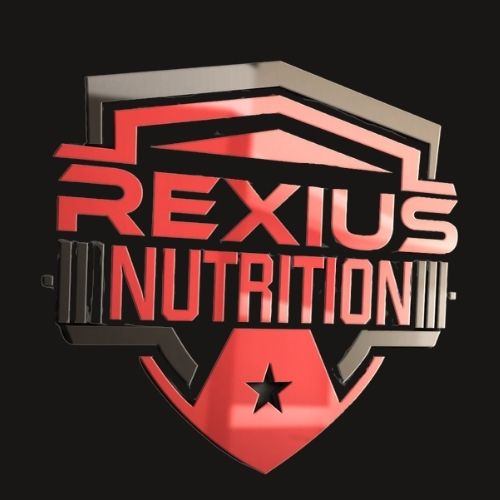Macros 101: Part three – navigating the plan
Last week, we discussed some of what goes into designing a nutrition plan specific to your fitness goals. This week, I want to share some principles to follow if you need to temporarily diverge from your plan. Reasons for such diversions might include planned events with family and friends around the holidays or unplanned occurrences that are an inevitable part of life.
Before I dig into the principles, let me clarify a few things. In creating some space for diverting from your plan, I am not advocating a lackadaisical attitude toward the execution of a nutrition plan. So often in any disciplined effort (yes, it’s a cliché, but it’s also true), failing to plan is planning to fail. In maintaining a lifestyle where fitness and nutrition is a priority, one must be sufficiently organized in regard to food shopping, food preparation, clean-up, etc. We can’t all afford to hire a meal preparation service to do that for us, after all!
I AM advocating that one can have a life outside of the pursuit of one’s fitness goals and that holidays and other occasions don’t have to be a time of deprivation and isolation from one’s family. Now, I’m not saying that you can’t eat your tuna and rice out of Tupperware while everyone else is dining on turkey and prime rib, but unless you’re in the midst of preparation for a bodybuilding competition, I’m saying that you don’t have to. Of course, if staying on your plan on Christmas Day makes you happy, do what makes you happy, but I’ll be enjoying some turkey, stuffing, and mashed potatoes and not feeling guilty about it.
For some useful tips about eating (and enjoying yourself) on holidays, please refer to a previous post: https://www.rexiusnutrition.com/blogs/rexius-nutrition-supplement-shorts/5-tips-to-take-on-holiday-eating
Now for two principles that I encourage you to consider:
Not all macronutrient sources are created equally.
Some basic knowledge about macronutrients can be utilized to create some flexibility with your plan, but I am not advocating for eating WHATEVER you want, as long as it “fits your macros.” There are such things as healthy and unhealthy foods, and if we’re really being honest with ourselves, most of us know the difference. Simply put, carbohydrates from rice and potatoes are not the same as carbohydrates from cookies and Pop Tarts. In considering such foods, the general rule that I follow is GIGO – Garbage In, Garbage Out. Plainly stated, healthier foods will yield better results in terms of how I feel and how I perform in the gym. Junk carbs might make you feel good temporarily, but they shouldn’t be a regular of your nutrition.
Foods that are closer to how they occur in nature tend to be healthier.
This is fairly self-explanatory. I’m not saying that all processed foods are bad, but it’s pretty obvious that potatoes are better for you than potato chips. Another way of stating this might be, “If you can’t kill it, pick it, or dig it out of the ground, you probably should think twice about eating it.”
Know the basic facts about the foods on your plan
The flexibility that I AM talking about is more like the following scenario. Recently, after a particularly busy week jammed with obligations that were not part of my normal schedule, I was a bit behind on my food preparation. So instead of eating the ground beef called for in my plan, I had to substitute with chicken breast. Of course, just about any lean protein would have sufficed, but that’s what I had on hand. However, how much chicken should I eat in order to get a similar amount of protein to what I’m supposed to have? This is where some knowledge about macros can be helpful. In the case I’ve just described, 4 oz of chicken breast (cooked weight) has the equivalent protein content to about 5oz of ground beef (cooked weight), so it’s not too difficult to calculate. However, depending on the fat content of the ground beef I typically use in my plan, I may also need to add some healthy fats to this meal in order to really stay on track with the macronutrient goals for the meal.
There are many on-line resources that you can consult for basic nutrition facts about foods, so it’s not necessary to memorize the macronutrient content of all the foods you eat in order to be successful with this (but it helps…..). Just know that not every kind of meat has the same amount of protein per ounce. The same is true about fats and carbohydrates.
Next week, in order to further illustrate this point, I’m going to share a sample meal plan and some reasonable substitutes for certain foods on the plan.
 Skip to content
Skip to content
